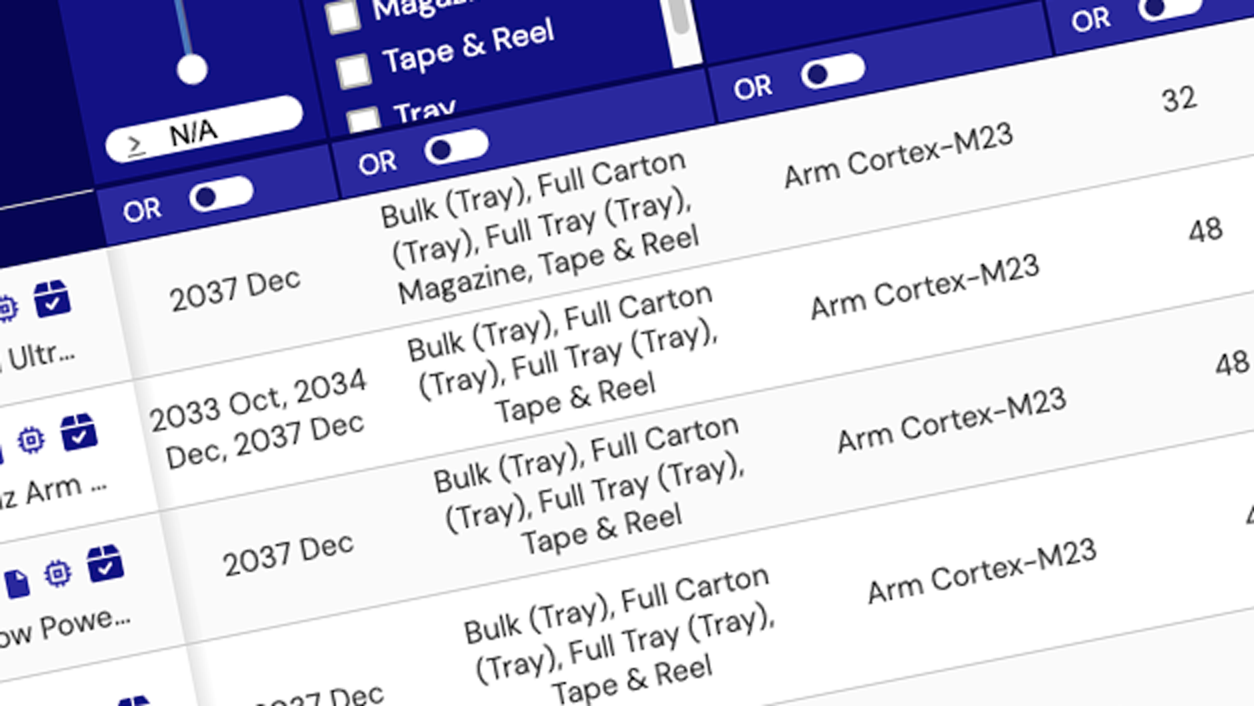ルネサスは、FET内蔵高性能昇降圧レギュレータの幅広いポートフォリオを提供しています。 昇降圧ソリューションの利点は、全電源電圧範囲にわたって出力電圧を調整できることです。 昇降圧コンバータ・ソリューションは通常、降圧コンバータ・ソリューションよりも効率が下がり、より大きいフットプリントが必要となります。
ルネサスの昇降圧レギュレータ・ファミリ「ISL911xx」は、超小型インダクタやキャパシタとの使用が可能で、基板面積を14mm2未満に抑えることができ、スペースに制約のあるモバイル機器に最適な2Aスイッチング・コンバータソリューションです。 先進的なウエハレベルCSPパッケージにより、必要な外付け部品は1個のインダクタとその他の少数の部品だけとなり、より小さいスペースを実現します。 ISL911xxレギュレータの2.5MHzスイッチング周波数により、電源ソリューションのサイズがさらに縮小できます。





